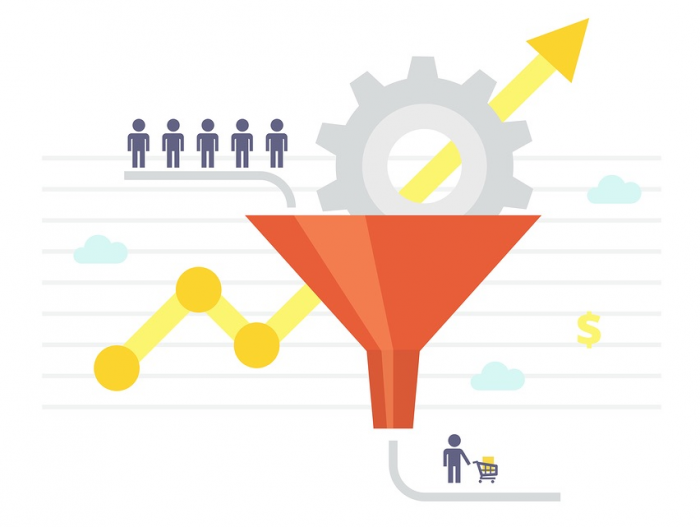Leads are the lifeblood of a business, the way to find new customers and keep track of marketing efforts. There are lots of ways to generate high quality sales with greatly varying results and a whole range of reasons that these tactics succeed or fail. By creating a strong framework for your lead generation, you can have better success and create better quality leads.
Create a strategic marketing planning process
To begin with, it is important to create a strategic marketing planning process that can be shared amongst everyone in the department or team. It is a good idea to take a consultative approach to creating this to avoid wasted time and money.
It does take a bit of time, but this is an important step and is worth investing in. You can plan over different time frames and make the plan as comprehensive as you want as well as integrate existing plans and processes.
The marketing plan
The first core part of the strategic marketing planning process to generate sales leads is the marketing plan. Without this, you cannot create the entire strategy.
A marketing plan looks at the whole sales process and includes macro-level considerations. These can include:
- Pricing models
- Product development
- Size of market
- Lead generating opportunities
While it needs to include a lot, it doesn’t need to go into every single little detail. It can contain a solid overview of these and other important elements and do the job required. Think of it like the framework on which the rest of the strategy is then built.
Strategic brand proposition
Within the marketing plan, there is something known as the strategic brand proposition. Having a clear and effective one can help you make informed decisions about all aspects of marketing including lead generation.
A brand proposition is a bit like the personality of your company. It includes principles and standards, views and values and can include information about things you will always do and will always avoid doing. Brand values is another similar concept within this.
Having a strategic brand proposition allows you to stand out from the crowd. It is also a tool to be used in marketing to help decide what to do and what to not do. It is used in choosing marketing messages and how you showcase the company to potential customers.
The business plan
The other key element to have alongside the marketing plan is your business plan. A business plan can work one of two ways – either take in the whole company or business or just a part of it. The plan may have an overview for the entire company then specific plans for the different parts or departments.
From a marketing viewpoint, it is worth looking at one product group if you have multiple products or services. For smaller companies or start-ups, it is normal to plan for the whole business and include all ways to make money from it.
Don’t be scared of a business plan – while they might sound complicated, they are a useful tool and once you get the basics in place, it is easier to keep track of what you are doing and how it related to the business plan.
The planning process
With a marketing and business plan, you are ready to start looking at the strategic lead generation process you want to use. There are lots of ways to plan this but one that has proven successful for many businesses is to look in-depth at a number of key factors. These might include:
- Overall strategic brand proposition
- Competitor strengths and weaknesses
- Market health and size
- Demographics and psychographics of customer segments
It is also worth factoring in the features and benefits of the products or services that you provide. You may also want to consider staffing factors such as who is involved directly with the sales process, who is indirectly involved and what training and support are required for both these groups.
Sales collateral
Another element to consider when making your plan is called the sales collateral. This is what you need to have in place before you start generating leads. Examples of this would be things like the website, sales pages and lead magnets you may be used. It can include physical materials such as brochures and things like ads in newspapers or on social media.
Marketing communications
Marketing communications overlap a bit with sales collateral but also include anything that is used to market the business. It is key to ensure these are on-message, fit with the brand proposition and with other marketing and sales materials being used. This creates a clear message for potential leads.
Sales culture
The sales culture refers to who does what, why and how. This allows everyone to be clear on their role and duties as well as what monitoring is in place to see what works and what needs changing. Rewarding performance is also part of this.
The sales pipeline
The final key part of the planning process is reviewing the sales pipeline. This makes sure you are carrying out the right lead generation activities, and what processes and tools are monitoring these processes. A CRM is often at the heart, monitoring the prospects and the stages of the sales pipeline they are at.
You will also want to keep fine-tuning the sales pipeline as you go, looking at what works and what needs to be amended. Little changes can make a positive impact and armed with the knowledge in your strategic marketing plan, you are well placed to do this.
Find a Home-Based Business to Start-Up >>> Hundreds of Business Listings.

















































